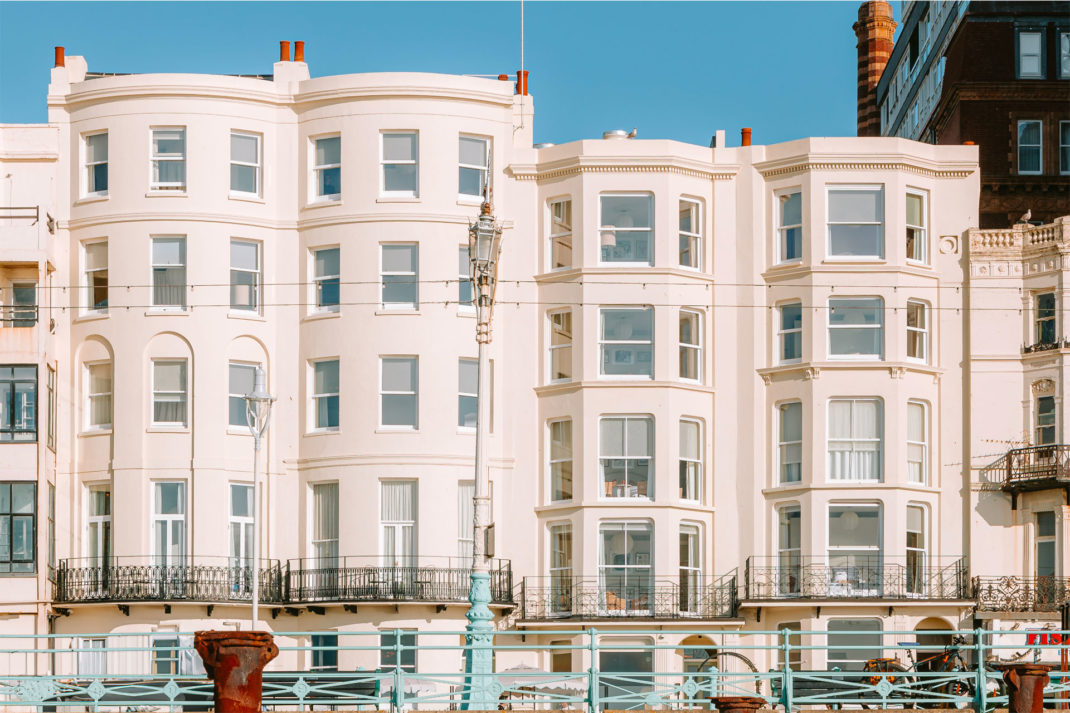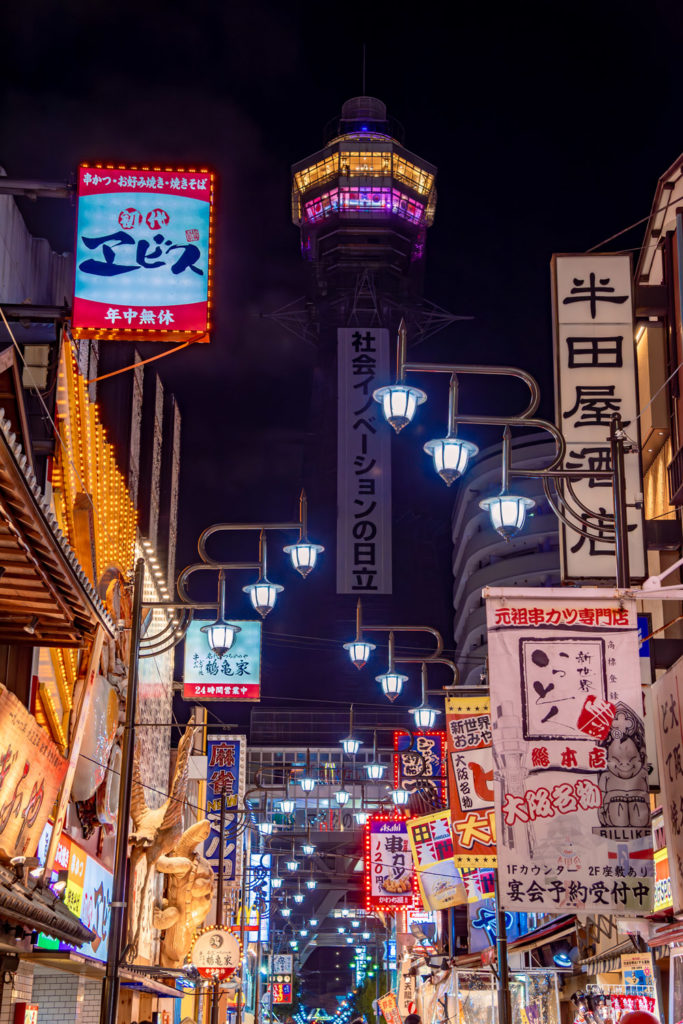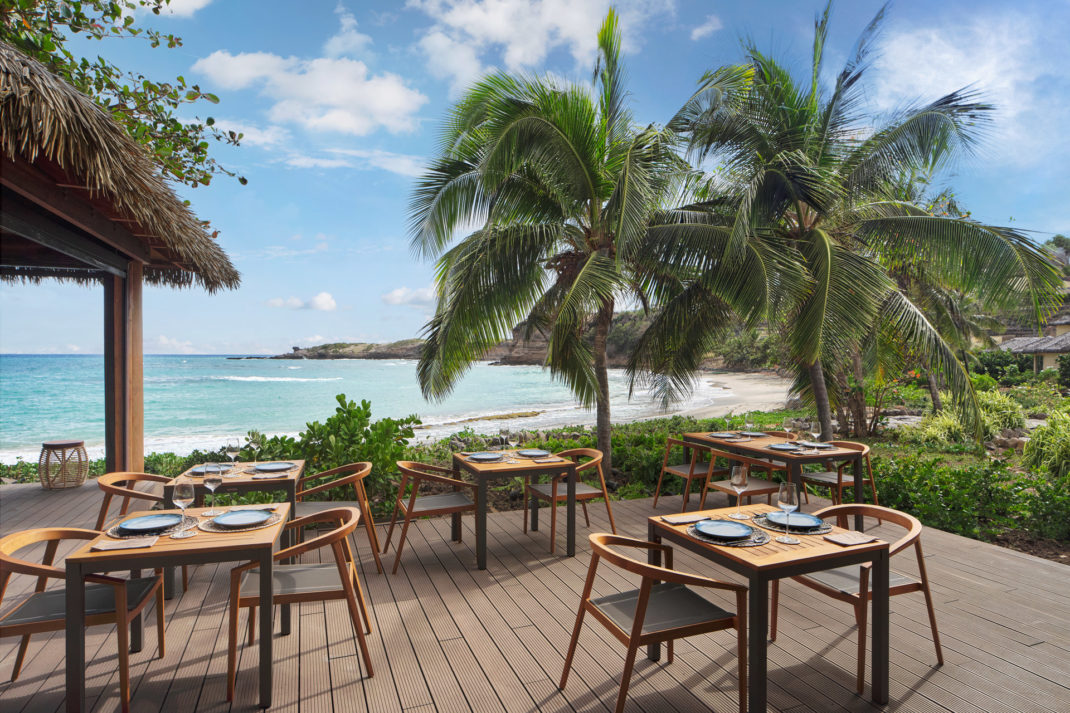How To Create a Handmade Home with Tanya Anderson, founder of Lovely Greens
By
3 years ago
Live green with Tanya Anderson on the Isle of Man

Tanya Anderson fell in love with the Isle of Man and its green valleys, rolling hills, and forested glens after seeing it on television – so she packed up her life in the United States and moved there. She has since grown a large following on social media (with over 150,000 subscribers to her YouTube channel), and has created a community with whom she shares a love of nature, gardening and green living. Read her interview below, and it might tempt you to follow in her footsteps and discover the slow life on the Isle of Man.
Tell us a little about yourself and Lovely Greens?
I’m a down-to-earth person with dirt under my nails and a quiet country life.
I started my career in design and technology, but about twelve years ago I gave it up and moved to the Isle of Man – an island that I’d never heard of before. It was here in my adopted home that Lovely Greens was born.
Lovely Greens has one message: you can grow your own food and create a handmade home, and contains everything from tips on starting a garden to how to make natural soap. It all started as a passion project and a personal blog, but over the years it’s evolved into a way to share ideas for living simply and reconnecting with the soil. I share a lot of tips and projects on the website and on YouTube, but also continue the spirit of the original blog through gardening videos sharing the progress of our new garden build.
What have been your favourite gardening projects?
I like making beautiful but useful items from scratch. Using pallet wood to make planters, stepping stones from sea glass, and essentially finding ways to create an attractive garden on a budget. Nothing is more satisfying than saving money on making something incredible with your own two hands. One of my best known gardening projects on the website is one that I also published in my book – the Strawberry Pallet Planter.
What are you growing in your garden at the moment?
We moved into our new home just over a year ago and have built ten new no-dig beds. About half are filled right now, with cabbage, broad beans, elephant garlic, sweet peas, garden peas, and salad greens. The French beans are going in this week as are the dahlias. I’ve dedicated an entire bed to dahlias this year! I also have a greenhouse and Polycrub filled with tomatoes, aubergines, chillies, peppers and more. There’s so many crops on the go at the moment and that doesn’t even cover the plants growing in the allotment garden. Plus, there’s lots of perennial vegetables, fruit, and berries but also pollinator-friendly flowers, calendula, and several beds of potatoes.
Why organic?
Our natural world is suffering big time: deforestation, erosion, soil-death, declining numbers of insects and wildlife in general. It’s a massive global crisis that we need to tackle collectively and individually. It’s clear that the main reason that the planet is suffering so much is because of how we see it as a canvas to be used to grow and raise monoculture crops. The vast majority of humanity’s food is grown completely reliant on the use of pesticides, fertilisers, herbicides, and other damaging agents. It’s leading us down a path of environmental destruction and a loss of biodiversity that hasn’t been seen since the last major extinction-level event. Though the issue may seem too big for any one person to make a difference, we can. By choosing to use our growing spaces to regenerate our soil and provide habitats for wild creatures we each make a difference. Growing organic and avoiding toxic gardening agents is not only healthier for our food, but it supports the ecosystem around us. Each organic garden makes a difference!
How to Grow Organic Veg at Home
Why did you start making natural soaps and skincare products?
There were a few reasons – the fun in making handmade skincare, the amazement that it can be so much cheaper to make yourself, and the health and environmental factors. Our soap and skincare are just as saturated in harmful chemicals as our food is. It’s not just about ‘chemicals’ in actual finished products but how even natural ingredients are grown and their impact on the environment. For example, palm oil. It’s used in almost every commercial soap made yet causes breathtaking deforestation in Asia. Essential oils that are not organic are created with plants grown in monocultures using the same environmentally devastating practices as food crops. The more you make things from scratch – food and skincare in particular – the more you become aware of how individual ingredients are grown.
You recently won a UNESCO Biosphere Isle of Man Award for your work; how has the Isle of Man inspired your projects?
The Island is a truly special place. I think because of its relative isolation and smaller population that it’s been able to hold on to its wild spaces and heritage. The people here also have a lot of pride in our green glens, rugged coastlines, and Manx culture. I am very much inspired by the Isle of Man, its landscapes, wild plants, and traditions. The island has provided the perfect setting to rediscover old-fashioned living and to build a connection with the land.
How did you find your way to the Isle of Man?
It was by random chance! I was living in London and an advert for the Island came up on the television. It intrigued me and set the move in motion.
What do you love most about it now you’re here?
I love the peace and quiet here and the small-town nature of the entire Island. It suits me and what I crave from life.
What’s something unexpected that surprised you when you moved to the Isle of Man?
There are wild wallabies on the Isle of Man! I still find it both wonderful and hilarious. Two animals escaped from the local wildlife park in the 60s and now there are well over 120 wallabies that live wild in the northwest of the Island.
What was the inspiration behind your new book, ‘A Woman’s Garden’?
I wanted to write a book to inspire the many people who, like me, want to build a less-impactful yet rich life. At the root of it is growing an organic garden filled with plants that benefit our lives but also the world around us. Plants we can use for food, skincare, natural dyeing, and medicines as well as supporting biodiversity. It’s a book filled with exciting plant-based creativity, and the stunning gardens and plants of eight incredible women who use their growing spaces to create a handmade home.
Any other exciting upcoming projects?
I’m currently working on an online soapmaking course showing how to make soap using natural and organic ingredients. It’s been some time in the making and I’m really excited to finally release it this year. Though I do offer in-person lessons, I’ll be able to teach more people through an online Lovely Greens soapmaking course.
Check out Lovely Greens here.
READ MORE:
A Guide To Sustainable Gardening / The C&TH Guide to Gardening in London








